QUICK NAVIGATION
INTRODUCTION
The moment you encounter this particular type of building material, the first thing that comes into your mind is whether or not you ought to use this. It’s understandable at first, since you might be accustomed to using standard building materials like wood, tile or even steel. You’re probably wondering, am I getting the most out of this? Is this durable? What can I do with this? And so on.
In today’s modern house construction and interior detailing, perhaps one of the most innovative creations is that of the laminate flooring. Now while most will associate laminate with something that is entirely made out of plastic and is temporary, there is actually a more comprehensive side to it.
Laminate is an alternative material to the traditional wood flooring and comes in many designs, sizes and finishes to suit your interior needs. One of the reasons why it is an alternative choice to traditional woods is the fact that natural wood is quite expensive and rather costly to maintain in comparison to laminates. So here are a few things you need to know about this rather innovative building material.
1. Laminate Flooring vs Vinyl Flooring
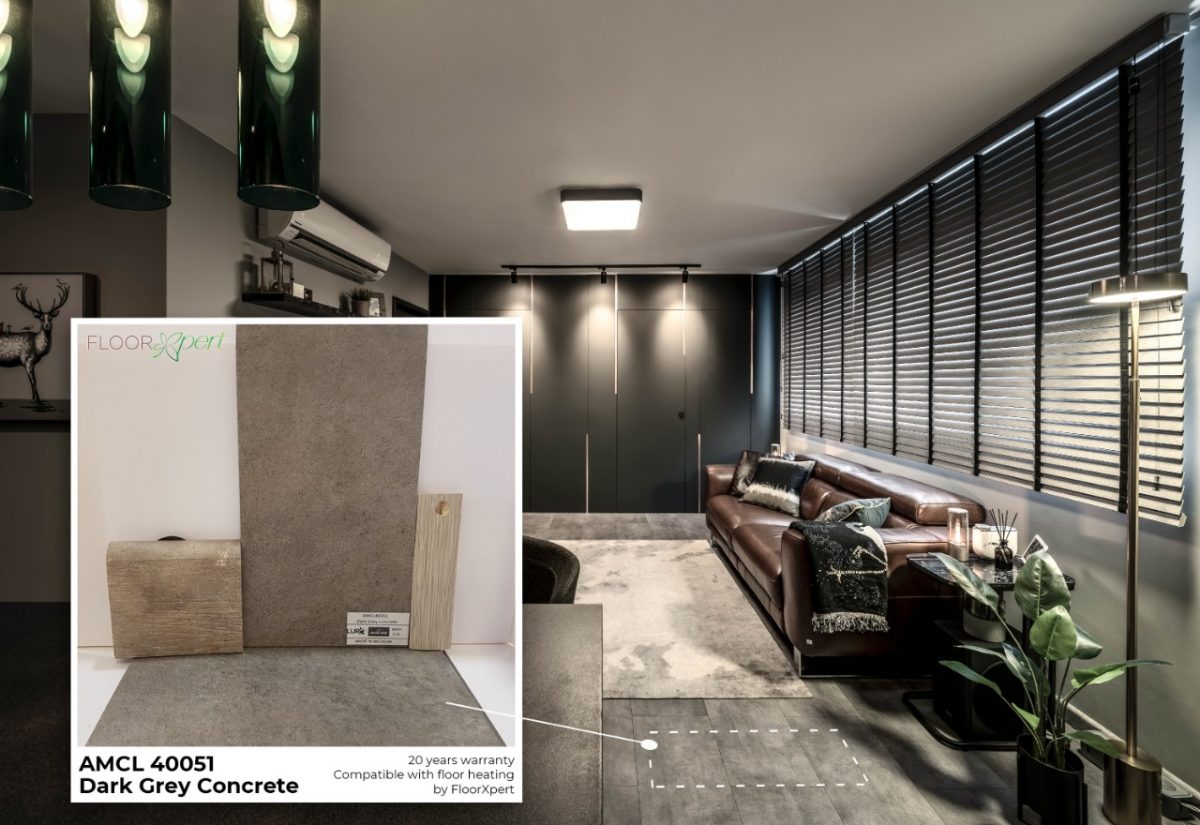
Most people think that vinyl and laminates are one and the same thing. But there is a huge difference.
While they may be similar in certain factors, vinyl and laminates differ in terms of what it is made of and its overall application as laminate flooring.
- Vinyl is entirely synthetic. This means that everything about it is made up of layers of materials like felt backing, plastisol, print layer and plasticizer. It then gives off a slightly rough but polished surface. An interesting thing to note of vinyl flooring is that because of its thin structure, it is quite light and easy to install; requiring mostly tile adhesive and patience.
- Laminates, on the other hand, are a different story all together. They are made of wood or often times, high density fiber board bonded together with melamine resin and décor paper. They are sturdy and come in many different textures and colors.
If one were to decide the overall outcome of laminate flooring vs. vinyl flooring, it would be practical to say that although they each have their pros and cons, laminate flooring is often favored for its appearance and due to its realistic look of the material being highlighted while vinyl floorings are favored for its heat resistant and water proof capability.
2. Are Laminates Waterproof?
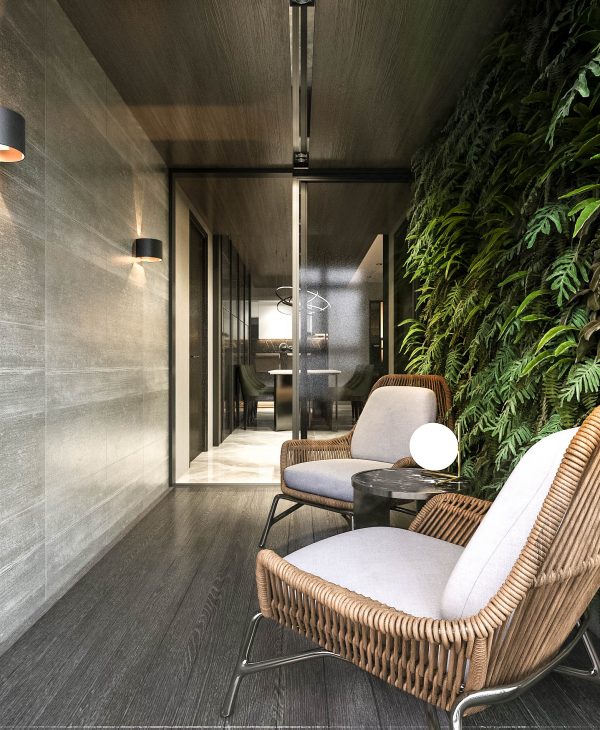
Laminates, as defined earlier, are made out of wood and synthetic materials and a more cost efficient and popular choice for flooring. As such, many homeowners who are more comfortable with using tiles often ask if laminates are waterproof.
The answer is yes. In fact, there are laminate floorings that are waterproof and are often used in many interiors. Some of the benefits of waterproof laminate flooring include:
- Moisture resistance: This is due in part to a particular layer of the laminate that is resistant to moisture. Therefore, it can easily withstand and resist the moisture build up; making it perfect in areas such as the bathroom, kitchen, and even outdoors.
- Scratch resistant than vinyl: Believe it or not, this particular type of laminate has a thicker layer than vinyl making it completely scratch resistant, staining and even wear and tear. This makes it easy for furniture pieces to glide and move about without leaving any significant markings or stains from spillages such as water and condiments.
- Cost Effective: Waterproof laminates may sound innovative and unique, but that doesn’t mean they are expensive. Far from it, they are quite affordable and inexpensive and are easy to install and maintain. This means that there are a lot of choices and options in terms of design, pattern and styles that can suit just about any interior flooring. Plus, they can last a good long time without any of the usual problems you would encounter in other flooring materials.
Having waterproof laminate flooring is something of an investment in your home and what makes it look timeless is how in the long run, you will see just how transitional and adaptable the flooring is.
3. Quality over Quantity
You might be thinking that all laminates are the same and that you can just use any type of laminate despite the cost. Not exactly. A rule of thumb for every homeowner and designer is to never settle for less and opt for quality products. The same can be said for floorings.
You will want nothing but the best for your floors. You wouldn’t want to have flimsy laminates give out or break away just because it’s a lot cheaper than most laminates. No. You wouldn’t. So go for the best quality when it comes to flooring. Especially since you will be walking over them every day.
You will need to invest in high pressure laminate floorings for your floors. These are laminates that have been pressed together under a machine and under high temperatures. The result is a solid and firm flooring board that is light with a polished surface. You may spend a little bit since laminate prices vary, but in due time, you will see just how well put together your floor will be.
4. Are There Suppliers of Laminates & Materials?
Source: One of Weiken suppliers: FloorXpert
Once you have an idea on what kind of laminate you want, the next thing to do is to find a supplier for the best laminate flooring. There are many suppliers and distributors who provide not only the laminate, but also the rest of the materials for installing the floor boards. Most laminates would be sold in many hardware and construction stores, but you can also check for specific suppliers who specialize in these items. You can search the internet or check your local directory.
5. I Want To Install It Myself, Can I?
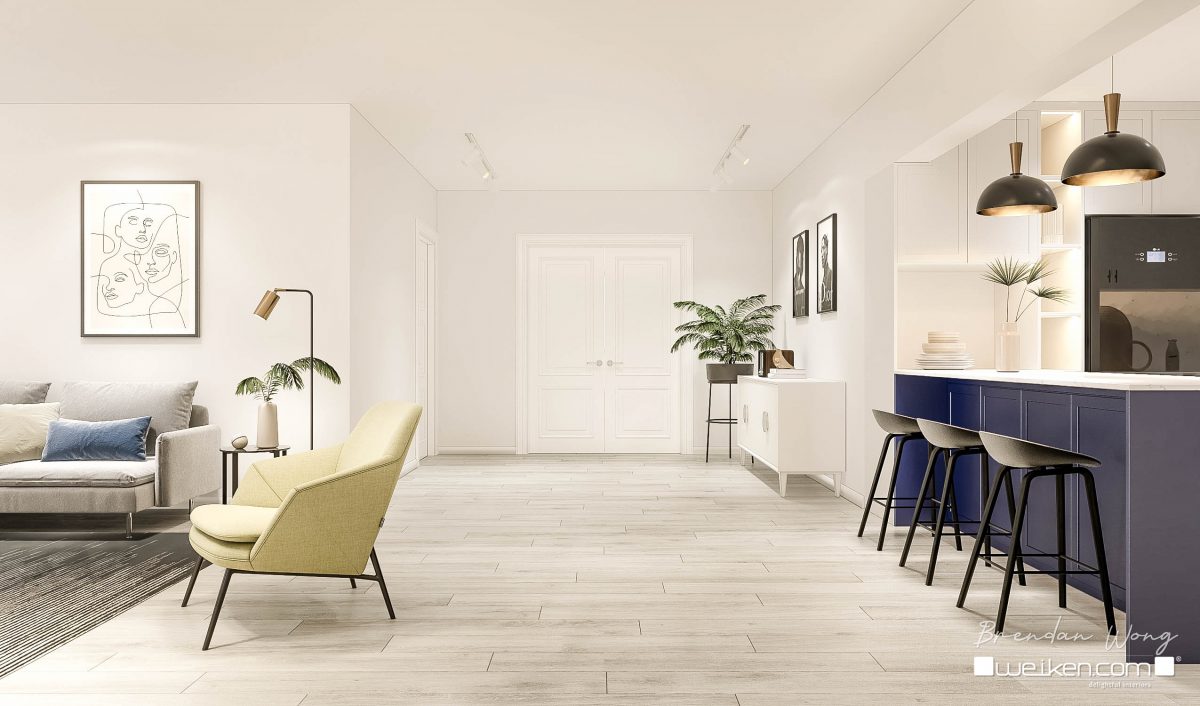
Of course! When it comes to flooring materials, there is no material that is easy to install as the laminate flooring. This is due in part to the notches and grooves in these laminate boards that make it akin to a puzzle box. When it comes to installing laminate flooring, the first thing you need to do is prime your area.
Make sure you have a good clean surface to work with. Then compute how many laminates you will need so that you won’t run the risk of having either too many or too little tiles to use when you work. If you feel a little intimidated with how to start your installation, you can check out B and Q laminate flooring tutorials, the best thing about B and Q is that they provide comprehensive instructions on how to install your flooring in a way that you are confident with what you do.
And if all else fails, there is nothing wrong with asking for a professional to install the laminates for you. In a way, you’ll see first-hand how it’s done so that when you want to start on a new project, you will be at least familiar with the process and how to begin.
6. How do I Maintain the Flooring?
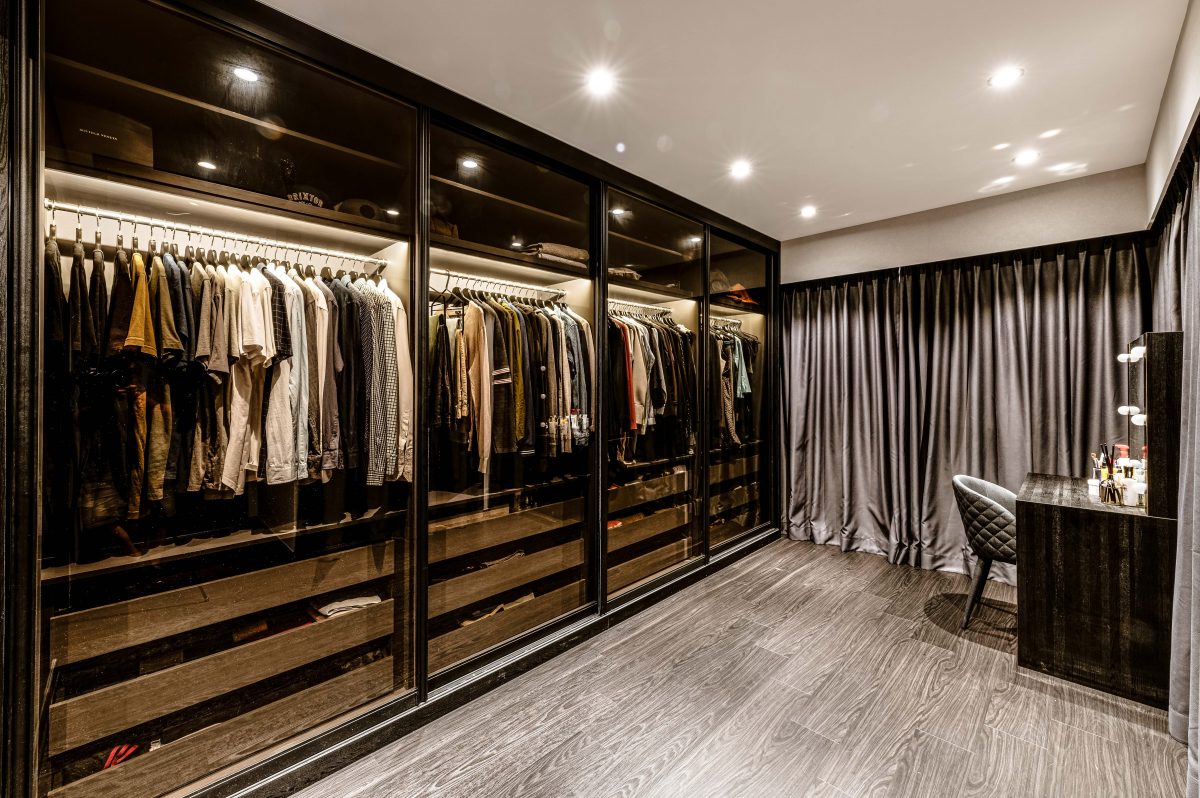
Maintenance and cleaning of laminates, as often mentioned above, is by far the easiest and does not require complex equipment or harsh solutions. Like with most tiles, the first thing you should do is to sweep the dirt away. If there are parts of the floor that are out of reach, you can simply use a vacuum cleaner in order to reach the corners and further clean the floor. Once that’s done, mop the floor or wipe it down with a wet cloth and let it dry.
If there are any stains, quickly wipe them away. As much as possible, avoid using tools such as steel bristle brushes and opt for a soft bristle broom or dust mop. You can also use soap and water as they are less harsh than regular cleaning materials, but take care not to use too much water, as it may cause your flooring’s overall integrity and durability to weaken and warp… Since it requires little maintenance, you can do this once a week.
If your laminates have a specific aftercare, take time to read and follow the steps. After all, not all laminates have the same maintenance steps and often times they vary.
Take the necessary precaution for external factors such as covering the legs of your furniture so that they won’t scratch the surfaces of your laminates, if you have pets who happen to like scratching surfaces, trim their nails. And perhaps the most important tip to know when maintaining your laminates is by making it a fun activity to do.
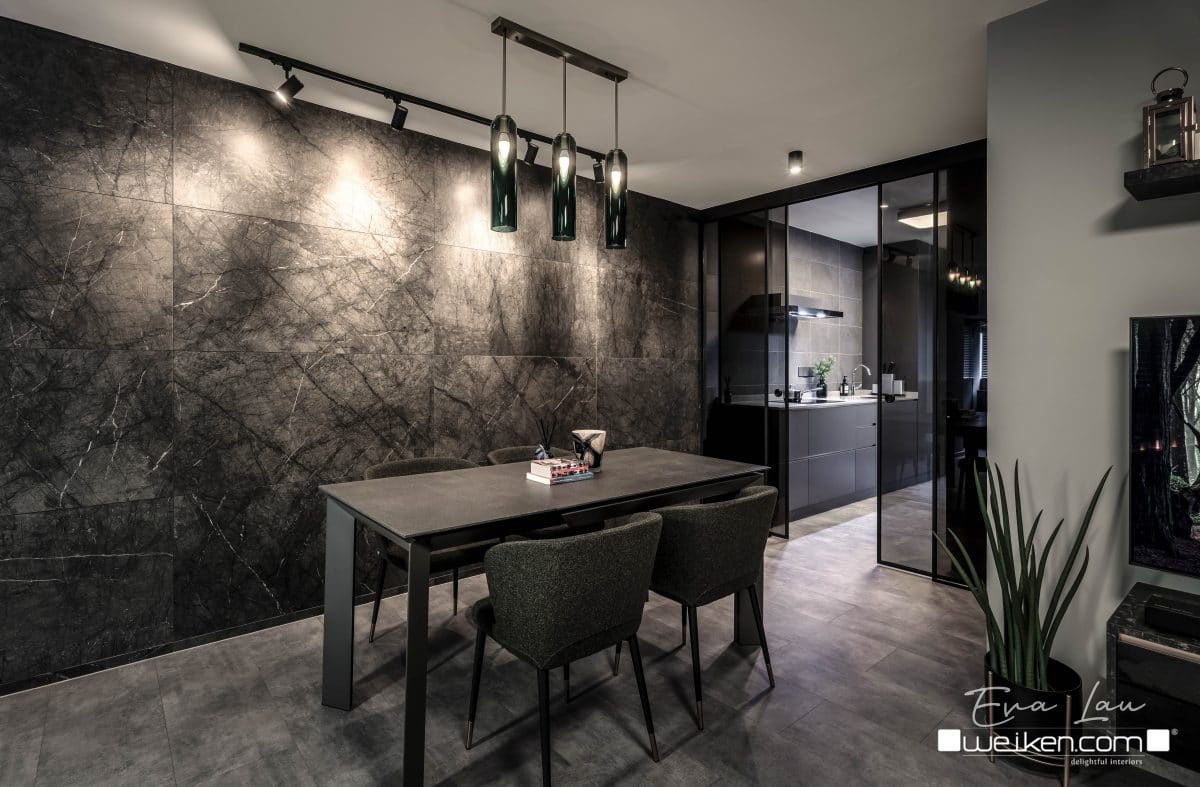
Now that you know the basics about laminate flooring, you are ready to embark on your journey to creating the most unique and perfect flooring for your interiors. And like with most interiors, its results will leave a beautiful impression on both you and everyone else who steps on them.
Related Posts
-
QUICK NAVIGATION About HDB Kitchen Design Popular Themes for HDB Kitchen Design Explore Popular Interior Styles Key Points To Consider When Transforming Your HDB Kitchen Tailoring HDB Kitchen Design to Different Flat Types Conclusion About HDB Kitchen Design Designing or renovating the kitchen of your HDB flat or BTO unit is quite an overwhelming task. […]
-
QUICK NAVIGATION Introduction About Shelves For A Wall Popular Types of Shelves for a Wall in Singapore Attractive Designs of Shelving on Walls Viable Functionality of a Wall Shelf in Singapore Material Utilization for Making Wall Shelves Singapore Conclusion Introduction About Shelves For A Wall Along with storage options like drawers, wardrobes, cupboards, etc., shelving […]
-
QUICK NAVIGATION Introduction What Is A Flush Mount Sink? Flush Mount vs Undermount Sink Characteristics of A Flush Mount Sink in Singapore Pros and Cons of A Flush Mount Sink Hachi Flush Mount Sink Interior Themes that Well Match with a Flush Mount Sink Conclusion Introduction A Flush Mount Sink is a type of sink […]
-
QUICK NAVIGATION Introduction What Is Space Planning? Popular Landed Home Types To Do Room Planning Plan Of A 3-Bedroom House Plan Of A 4-Bedroom House Layout Of A Living Room Conclusion Introduction Image source: emmersonandfifteenth.com Before moving to another home or purchasing a property, the floor plan of the area is one of the fundamental […]
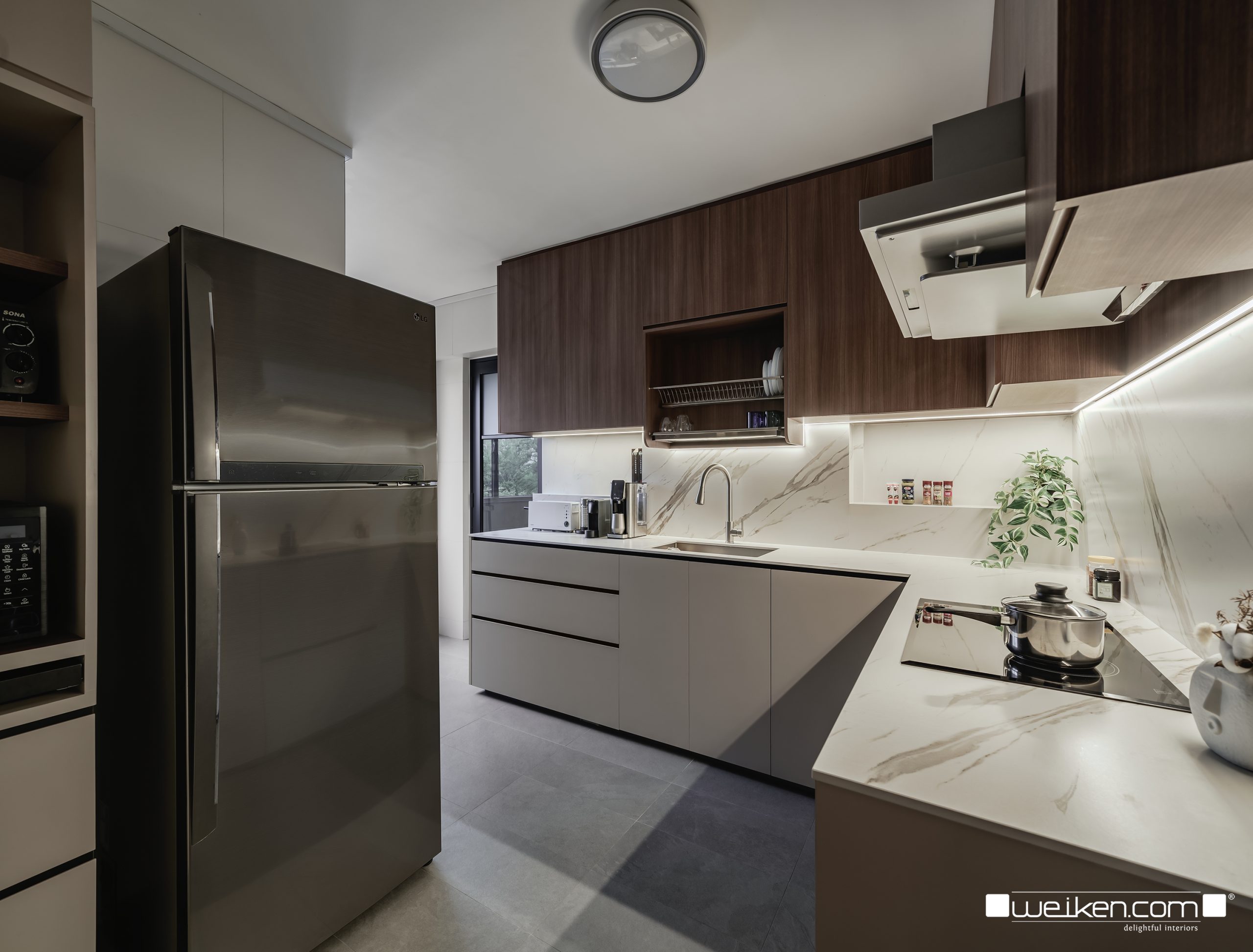

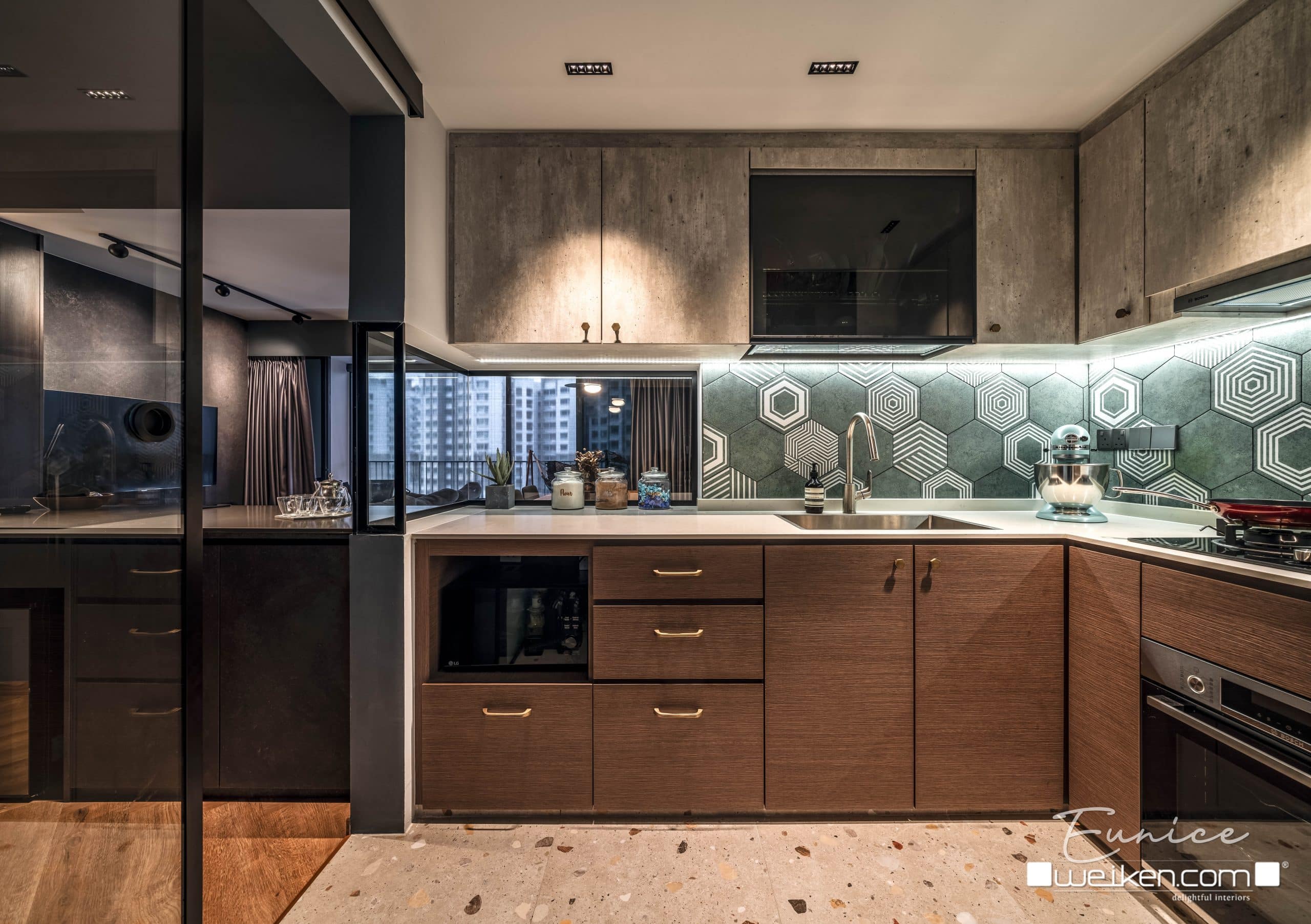
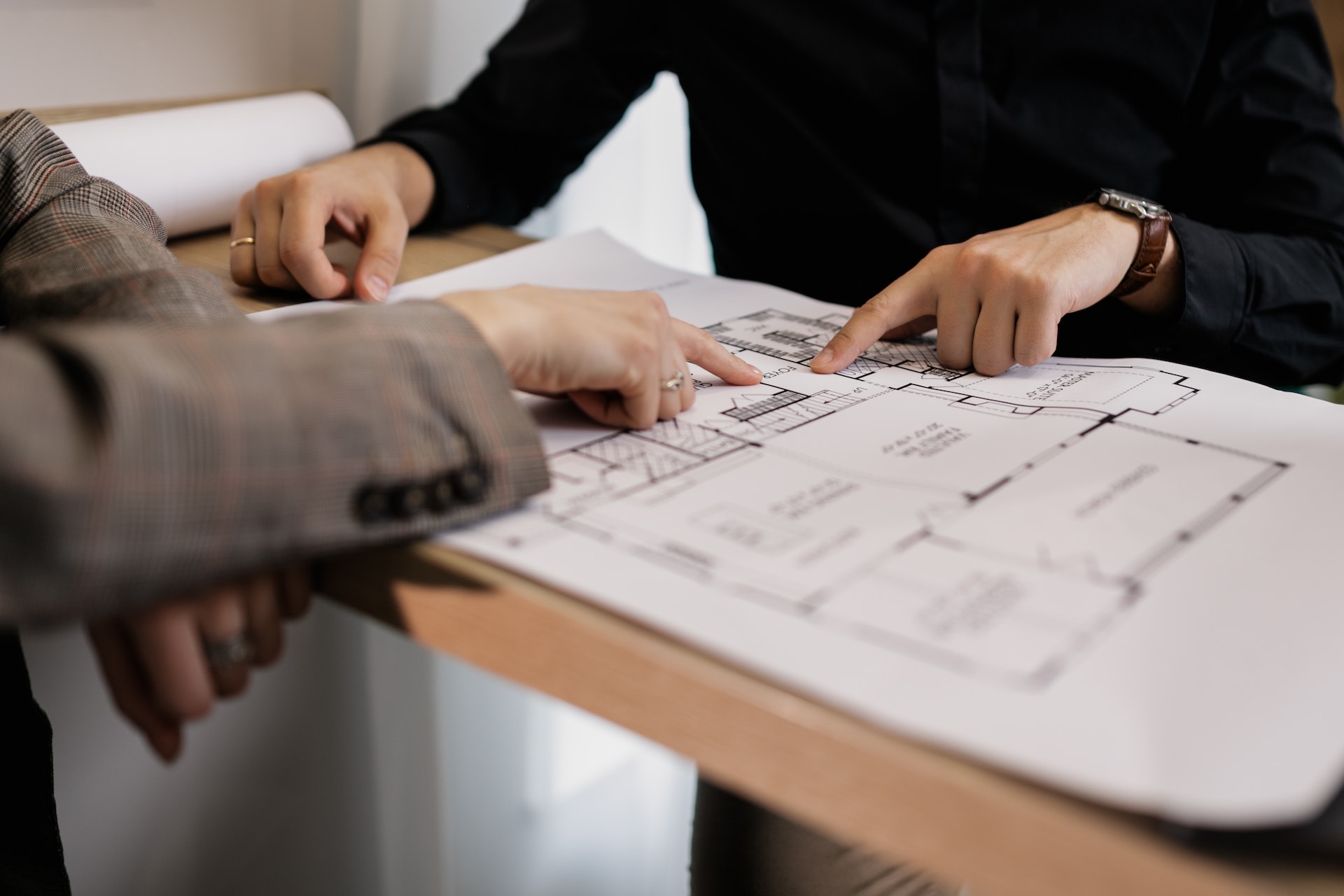

Leave a Reply